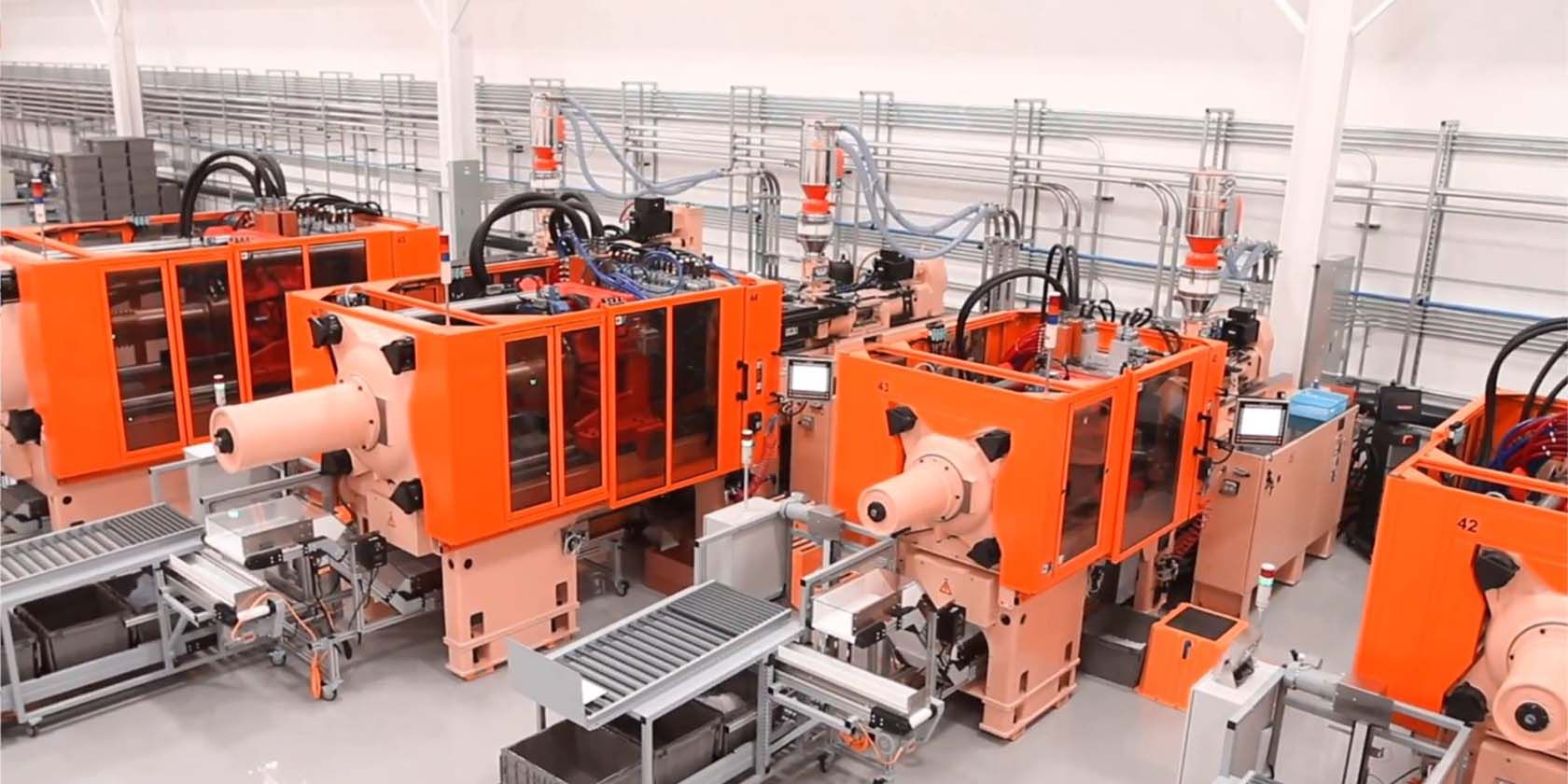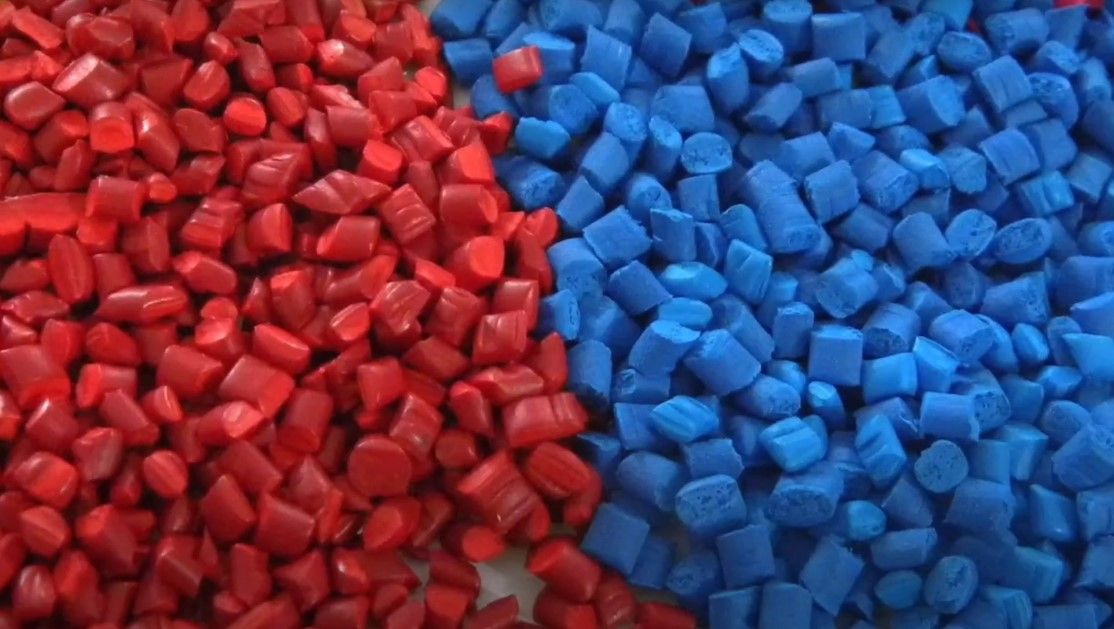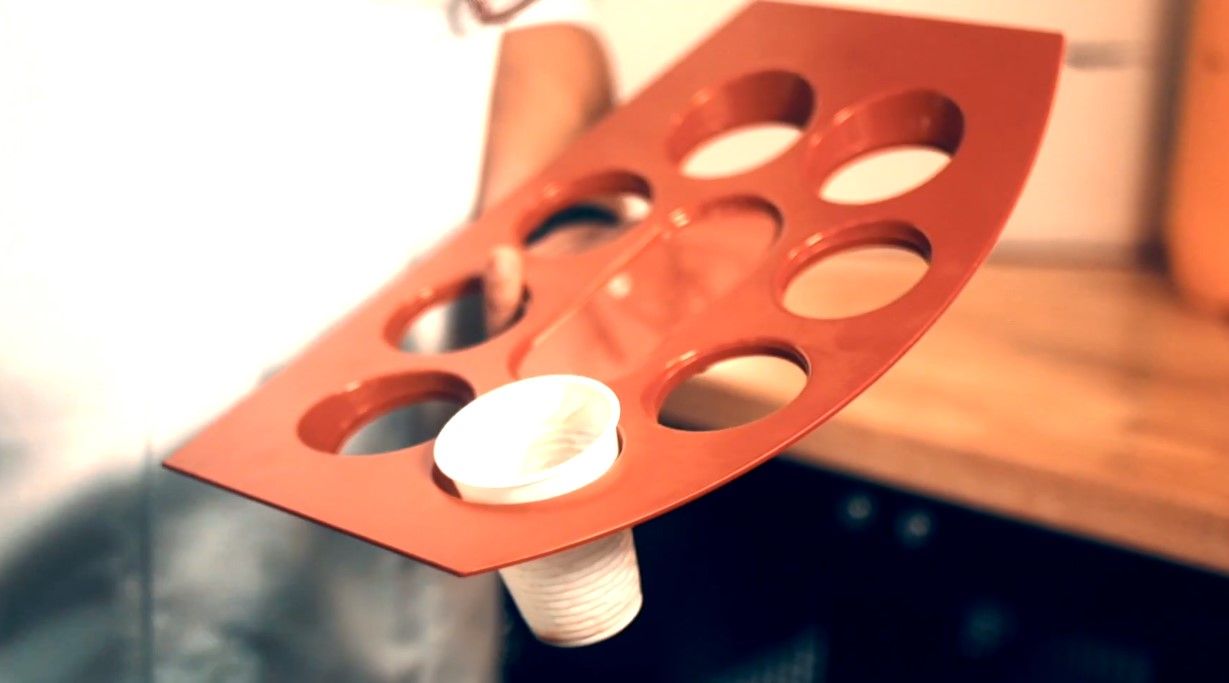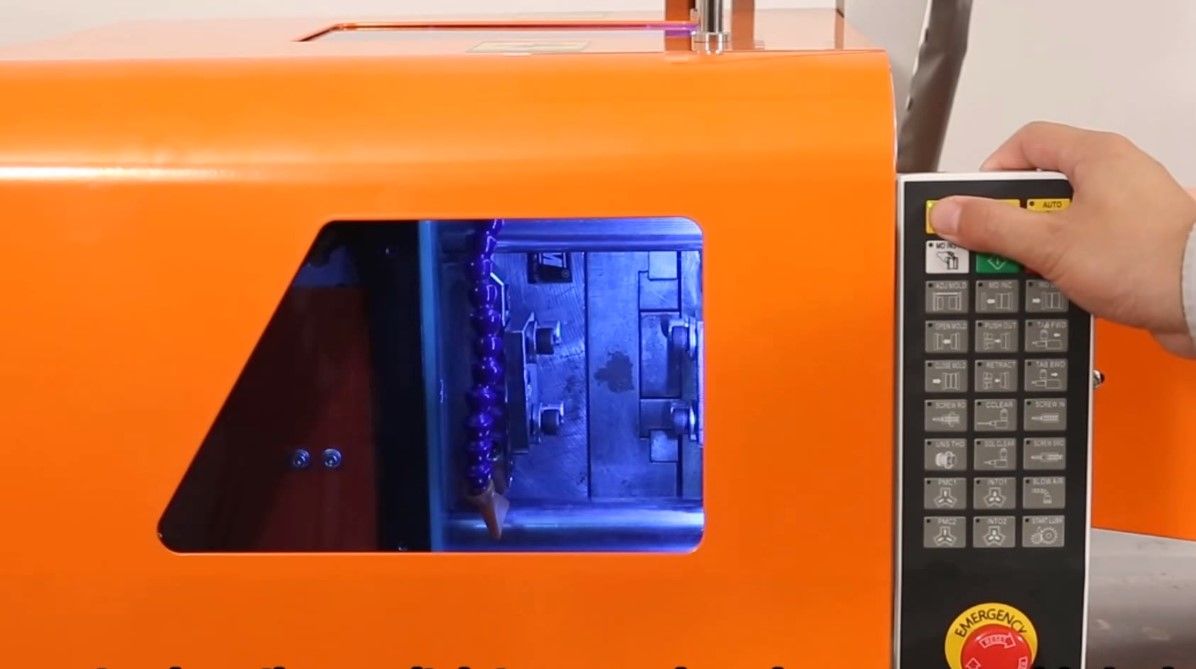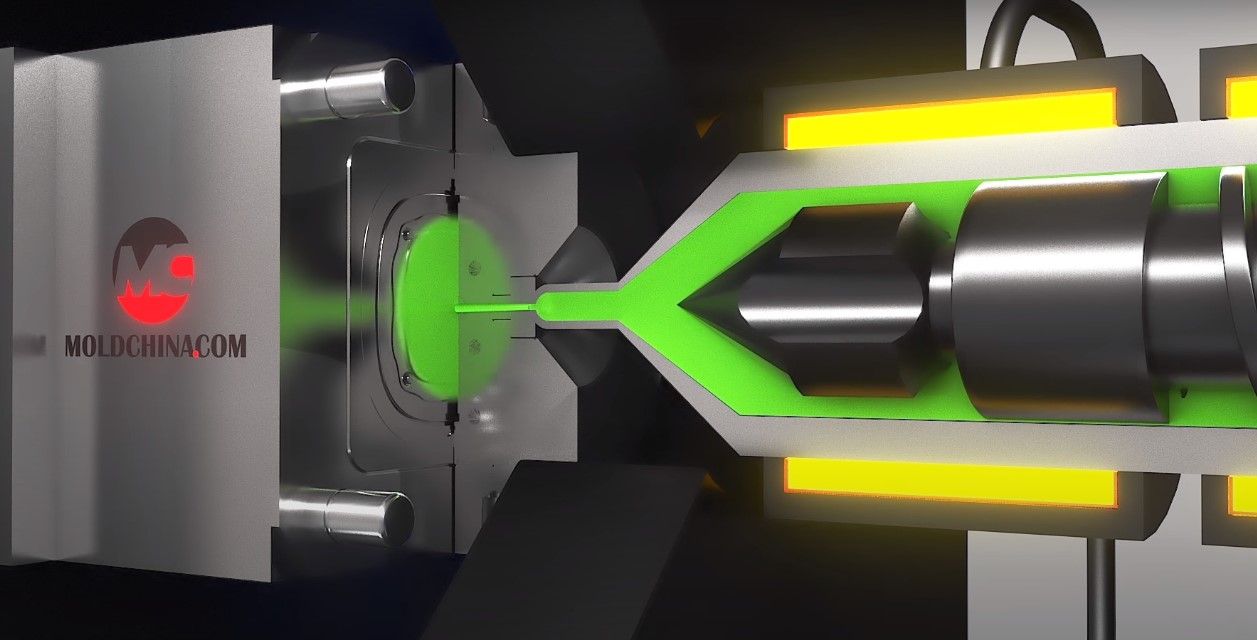Injection molding is a technique that involves injecting molten plastic into a mold. The mold then cools, and the plastic solidifies. Companies use this process to create various products, including medical devices, automotive parts, and consumer goods. So how does it all work?
How Injection Molding Works
Injection molding is a technique popular in the manufacturing industry for creating parts by injecting molten material into a mold. The process is common for plastics but also works for metals, glass, and ceramics. The first step in the injection molding process is the creation of the mold of the desired product. A mold is simply a hollowed-out block that gives shape to molten or liquid material. Once you have a mold, you place it on the injection molding machine.
The next step is to heat the plastic pellets like the one shown below until they are melted.
The molten plastic then goes into the mold under high pressure. As the material cools and hardens, it takes on the shape of the mold cavity. After the plastic has cooled and solidified, the part or product ejects from the mold.
With injection molding, you can create parts of all shapes and sizes. Moreover, you can design molds to create complex internal features. The ability to create intricate designs makes injection molding ideal for applications in various industries.
Benefits of Injection Molding
There are many benefits to injection molding, but here are just a few:
- Injection molding is cost-effective. Because many parts can be produced quickly, and the materials can be reused, it lowers the overall costs of production.
- It is versatile. It can be used to create products of all shapes and sizes.
- Injection molding is precise. The machinery can create intricate designs and even strong parts that would be impossible to replicate by hand.
- It’s efficient. It produces parts with consistent quality, as the process creates very little waste material.
- Support for a range of materials: This technique can be used to create parts with a wide range of material properties, including plastics and metals, and these materials can also be reused.
Different Types of Injection Molding Machines
There are three main types of injection molding machines. These are: hydraulic, electric, and hybrid. Let's discuss each of them.
1) Hydraulic Injection Molding Machines
Hydraulic injection molding machines are the most widely used type of plastic injection molding machine. They can inject molten plastic into a mold at high pressure and quickly produce large parts. These machines are also relatively simple to operate and maintain, making them a good choice for businesses new to injection molding. However, hydraulic machines do have some drawbacks. For example, they tend to be noisy.
In addition, hydraulic machines require a constant supply of pressurized oil, which can be an environmental concern. Despite these drawbacks, hydraulic injection molding machines remain a popular choice for businesses that need to produce large numbers of plastic parts quickly and efficiently.
2) Electric Injection Molding Machines
Electric injection molding machines are other types of injection machines that are becoming increasingly popular. While they have a higher initial cost than their hydraulic counterparts, they offer several advantages that make them worth the investment. For example, electric machines are more energy-efficient, resulting in lower operating costs. They also respond more quickly to changes in speed and pressure, making them ideal for agile production processes.
In addition, electric machines generate less noise and vibration, making them more comfortable to operate. As manufacturers continue seeking ways to increase efficiency and reduce costs, electric injection molding machines will likely become more widely used.
Hybrid Injection Molding Machines
Hybrid injection molding machines are the latest development in plastic injection molding. Hybrids combine the best features of both hydraulic and electric machines. These machines are more energy-efficient, saving money on utility bills. They also tend to be quieter and produce less vibration, making them ideal for use in noise-sensitive environments.
In addition, hybrids offer greater precision and control than their hydraulic or electric counterparts, making them perfect for manufacturing applications that require tight tolerances.
Different Plastics Used in Injection Molding
Companies use many types of plastics in injection molding, each with its own unique properties and applications. Here are eight of these plastics:
- ABS (Acrylonitrile Butadiene Styrene) is a durable plastic commonly used to manufacture household items such as toys and appliances.
- PVC (Polyvinyl Chloride) is a versatile plastic used for many applications, including plumbing, electrical wiring, and flooring.
- PE (polyethylene) is a lightweight plastic that is often used in the manufacture of packaging and food containers.
- PP (polypropylene) is a strong, heat-resistant plastic commonly used to manufacture car parts and industrial components.
- PS (polystyrene) is a lightweight plastic often used in manufacturing packaging materials and drinking cups.
- PET (polyethylene terephthalate) is a strong, shatter-resistant plastic often used to manufacture food and beverage containers.
- PA (polyamide) is a strong, flexible plastic commonly used to manufacture industrial components and car parts.
- PC (polycarbonate) is a clear, shatter-resistant plastic that is often used to manufacture safety equipment and medical devices.
Applications for Injection Molded Products
Injection molded products can be applied and used in different areas. Here are some of their main applications:
- Automotive parts: Injection molding is commonly used to create automobile parts, including door panels, dashboards, and bumpers.
- Medical devices: They can be used to create medical devices such as blood pressure cuffs and stethoscopes.
- Electrical Components: This technique can also be used to create electrical components such as plugs and switches.
- Toys: Many toys, including action figures and dolls, are sometimes made using injection molding.
- Food Containers: Injection molding is frequently used to create food containers, such as yogurt cups and condiment bottles.
- Housewares: Injection molding creates many types of housewares, including shower curtains and plastic hangers.
- Sporting Goods: Injection molding is often used to create sporting goods, such as tennis balls and hockey pucks.
- Tools: It’s useful in creating tools such as hammers and screwdrivers.
Injection Molding vs. Extrusion Molding
While both injection molding and extrusion processes involve melting plastic and molding it into the desired shape, there are some key differences between them. Injection molding typically uses higher pressure than extrusion, allowing for more precise control over the part's final shape.
In addition, injection molding typically uses a plunger to force the melted plastic into the mold as shown in the image below, while extrusion relies on gravity to feed the plastic into the mold. As a result, injection-molded parts tend to be more precise and have smoother surfaces than extruded parts.
Finally, people typically use injection molding for smaller parts with complex shapes, while extrusion is better suited for larger parts with simpler shapes.
Mass Produce Parts With Injection Molding
Injection molding is a versatile process industries use to create products for various applications. Whether you need automotive parts, medical devices, toys, or tools, injection molding may be the right solution. This process is useful to create parts with very high precision, making it ideal for mass production applications and jobs that require the use of varying materials.

